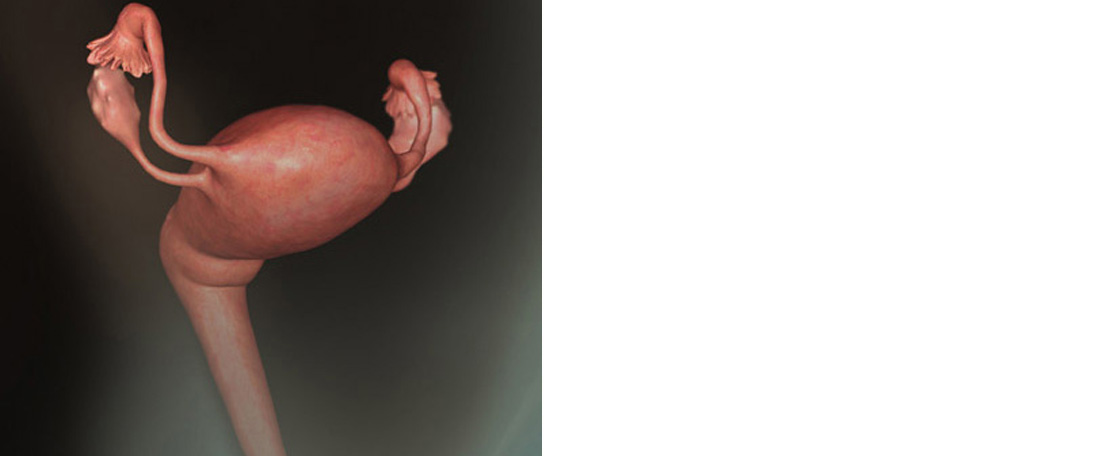
Week One
An extraordinary process by which your baby comes to life actually begins with an utterly ordinary event, your monthly period. During your last period before conception, the groundwork for pregnancy is already being laid. The previous month's uterine lining, called the endometrium, is shed, along with some blood, resulting in menstrual flow. Meanwhile, hormones kicks into gear, triggering the development of several ovarian follicles.
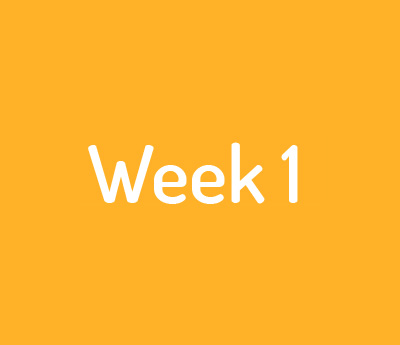
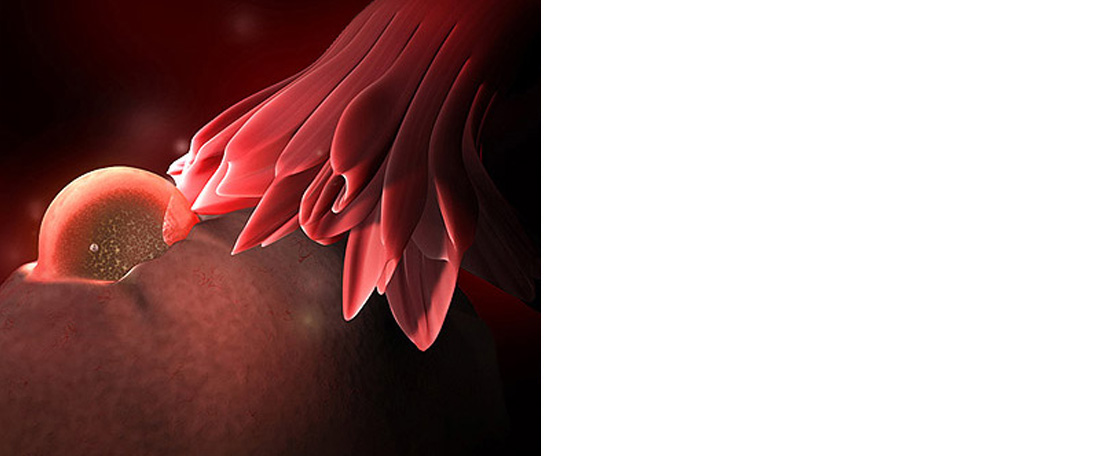
Week Two
Inside their comfy ovarian follicles, the eggs, each of which contains half the genes needed to create a human being, are maturing, ballooning to over three times their original size. Rising level of hormones develop follicles to rupture, spewing its egg into one of two fallopian tubes. On average, about 350 million sperm spew forth from the man's body during an ejaculation. But during intercourse, only about 1 percent, or 3 million, will make their way through
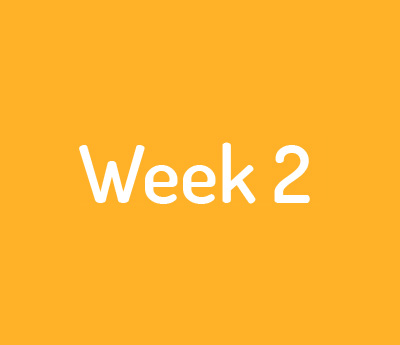
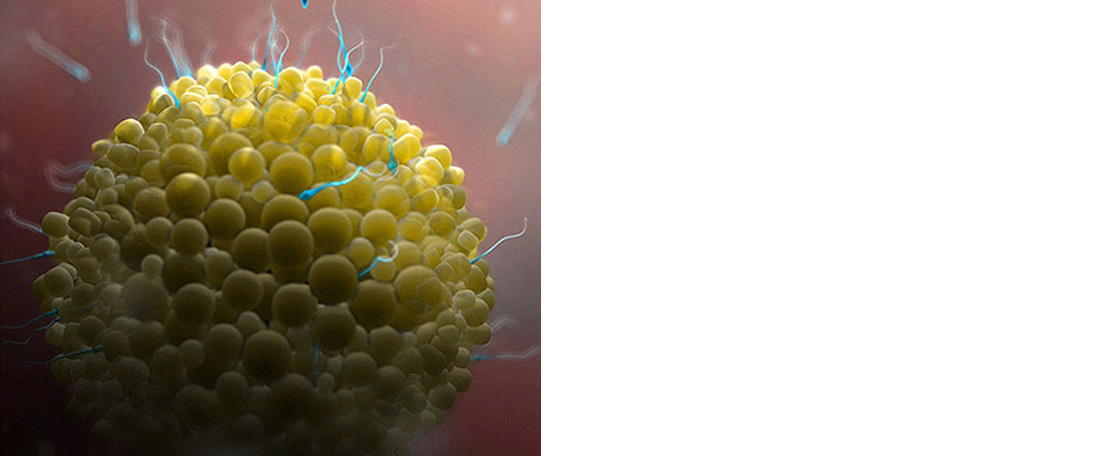
Week Three
The fertilization of the egg begins when one lucky sperm penetrates the egg's tough outer membrane. It takes about twenty minutes for the sperm to completely pierce this "shell." Within the following eleven hours, the sperm's nucleus merges with the nucleus of the egg. With this momentous melding of genetic goodies, fertilization is complete. The egg becomes a zygote, the first step in its journey toward babyhood.
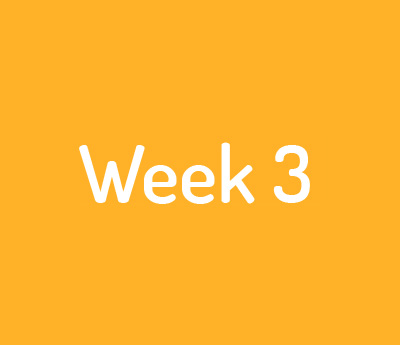
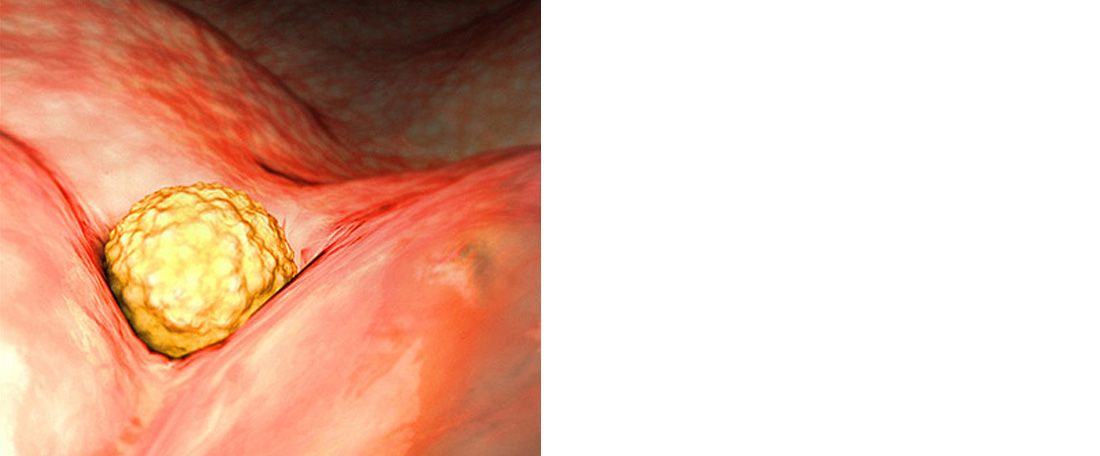
Week Four
The ball of cells now called an embryo; growing inside your uterus is size of a poppy seed. It's divided into three layers that will later form organs and tissues. Low on the sides of the head is two folds of tissue that will become the ears. The neural tube from which the brain, backbone, and spinal cord and nerves will sprout -- develops in the top layer. The heart and the circulatory system begin to appear in the middle layer.
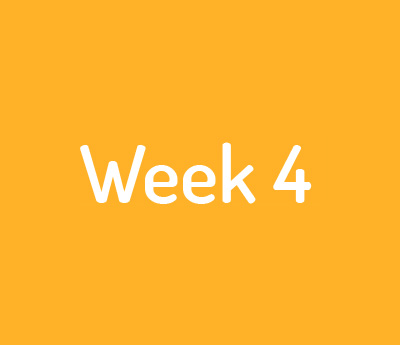
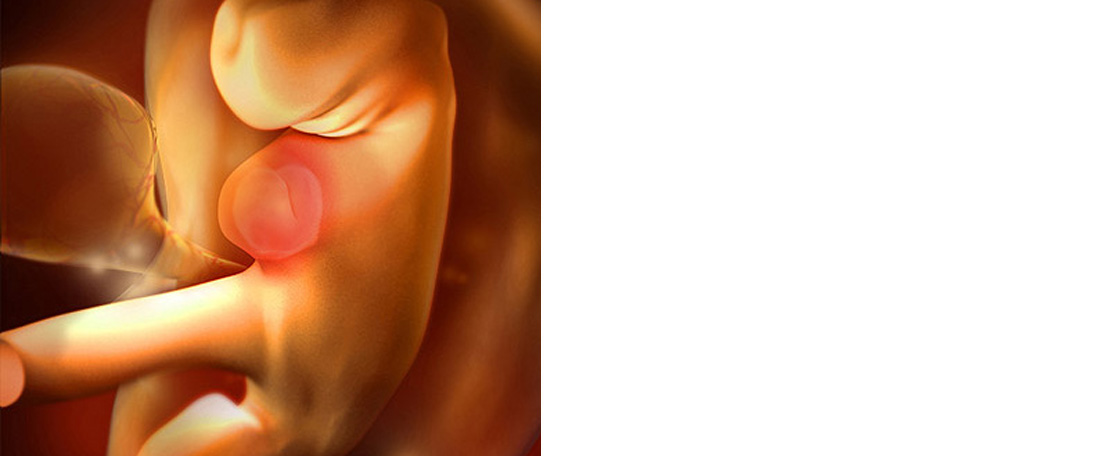
Week Five
You may not look pregnant at this point but your embryo's heart, no bigger than a poppy seed, has already begun to beat and pump blood. The heart is dividing into chambers and will find a more regular rhythm soon. The embryo itself is about half a centimeter long and looks more like a tadpole than a human. It undergoes a growth spurt this week.
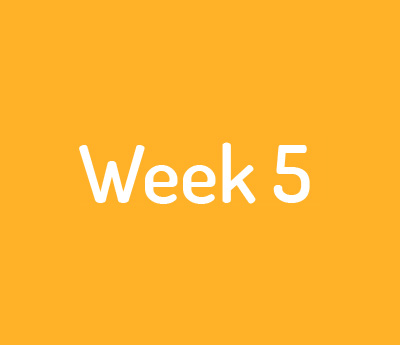
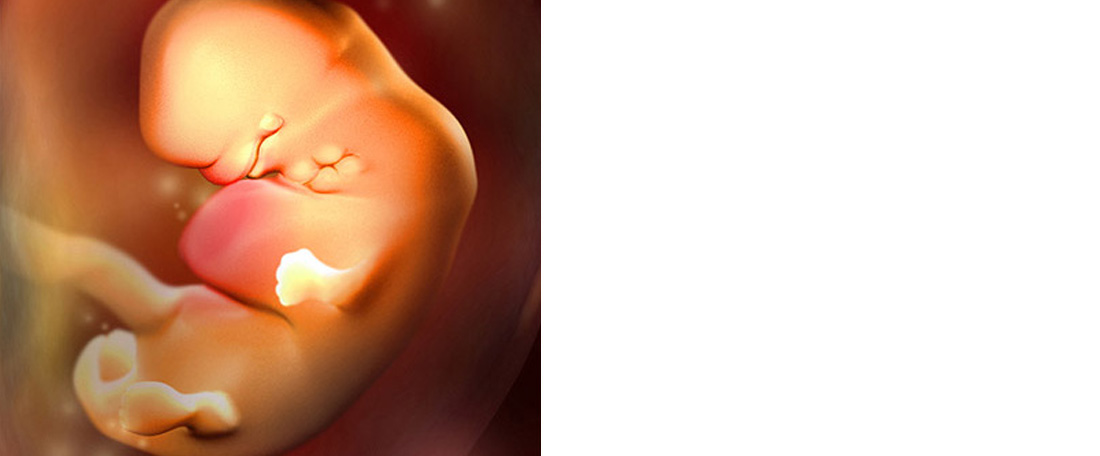
Week Six
You may not look pregnant at this point but your embryo's heart, no bigger than a poppy seed, has already begun to beat and pump blood. The heart is dividing into chambers and will find a more regular rhythm soon. The embryo itself is about a quarter of an inch/ half a centimeter long and looks more like a tadpole than a human. It undergoes a growth spurt this week.
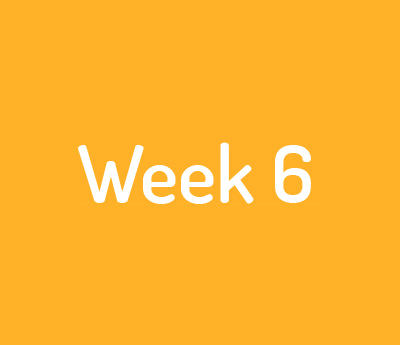
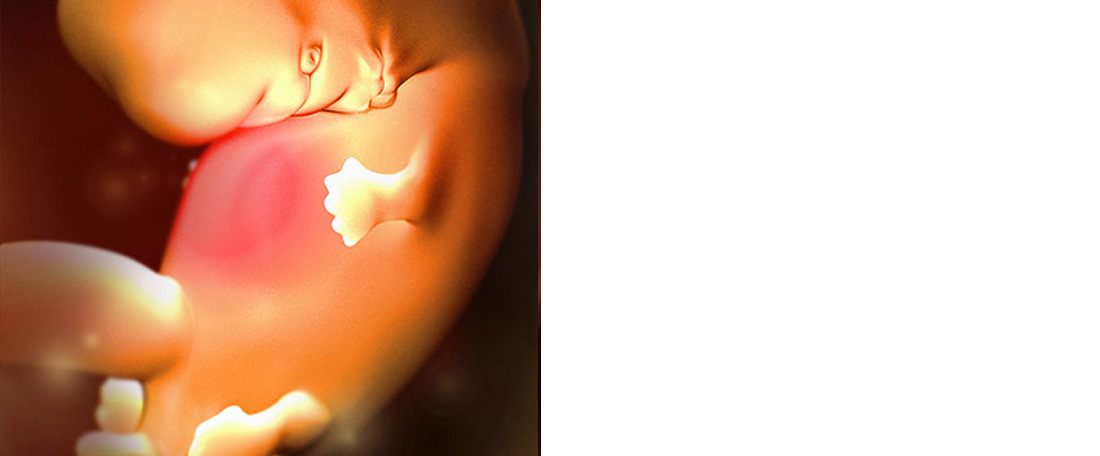
Week Seven
Now about 1.25 centimeters long, the size of a chickpea, the embryo has distinct, slightly webbed fingers and toes. It's a jumping bean, moving in fits and starts. The liver is churning out large amounts of red blood cells until the bone marrow forms and takes over this role. The eighth week marks the beginning of a very busy developmental stage.
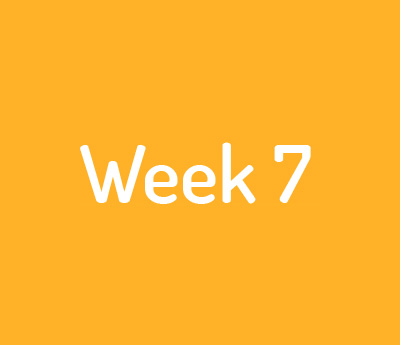
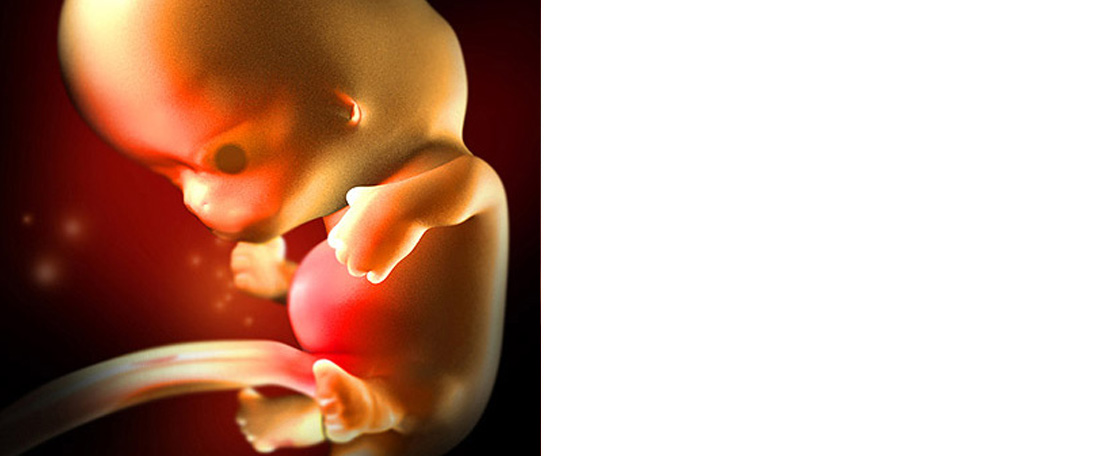
Week Eight
Congratulations -- your embryo is now called a fetus, which means 'offspring'. Your uterus expands to accommodate its new resident, which now measures approximately 1.6 centimeters. Many changes take place this week -- the embryonic tail is gone, and all organs, muscles, and nerves are beginning to function. The hands now bend at the wrist, and the feet begin to lose their webbed appearance. Eyelids are beginning to cover the eyes.
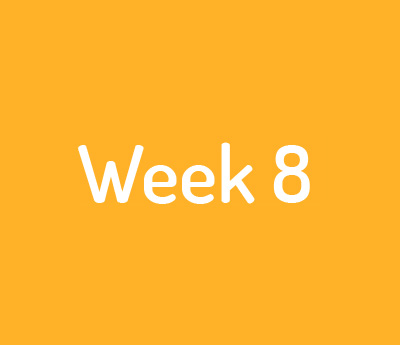
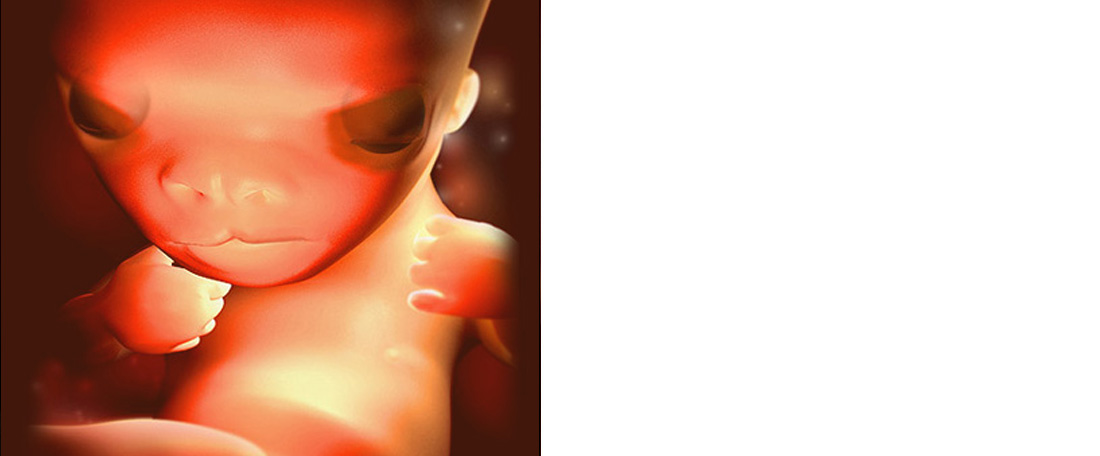
Week Nine
By the tenth week of pregnancy, you may find yourself riding pregnancy's emotional roller coaster, feeling moody one day and joyful the next. Disturbing as this is to some women who pride themselves on being in control, what you're going through is normal and will probably continue throughout your pregnancy. Up-and-down emotions are partly caused by raging hormones. At week's end, your fetus measures approximately 2.3 centimeters long.
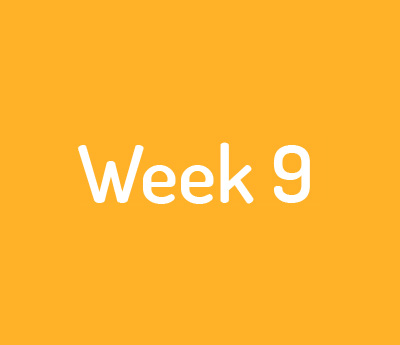
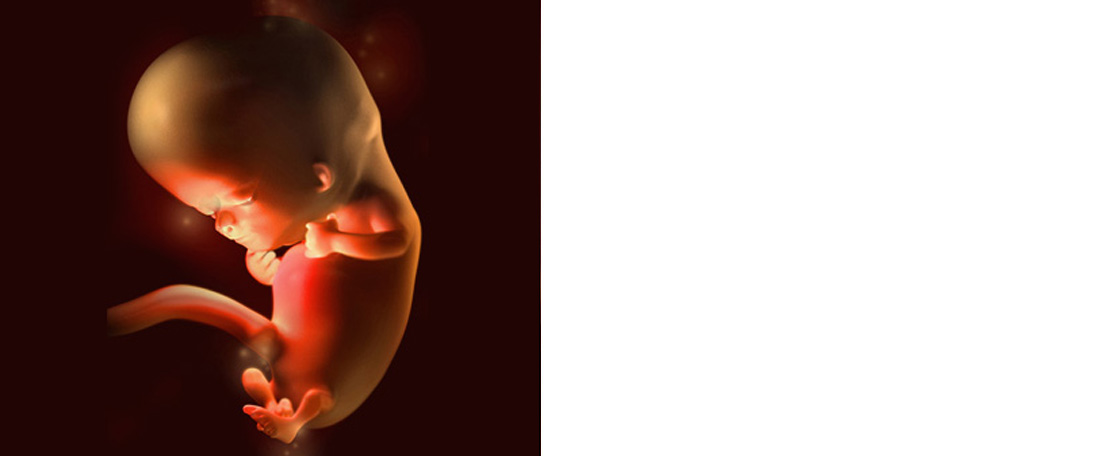
Week Ten
The fetus is only about 3 centimeters long from crown to rump and weighs less than 4 grams. Even so, it's busily swallowing and kicking. Each day more minute details start to appear, such as fingernails and peach-fuzzy hair. The vital organs -- the liver, kidneys, intestines, brain, and lungs - are fully formed and functional, while the head is almost half the length of the entire body.
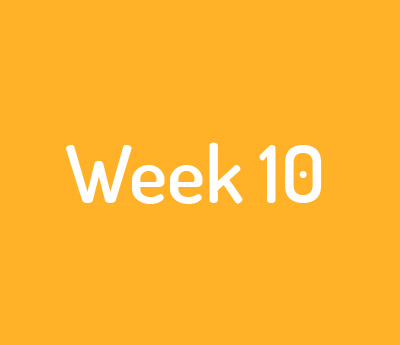
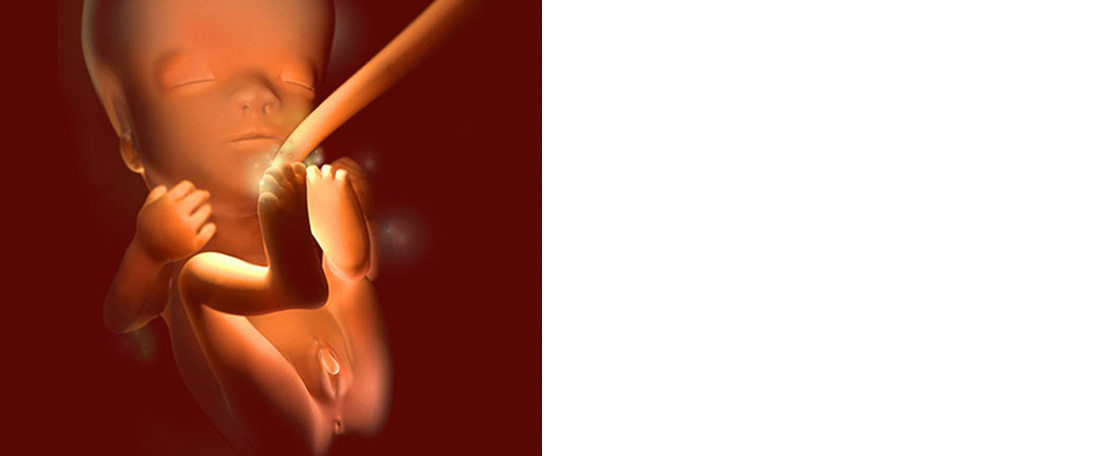
Week Eleven
You're getting close to the end of the first trimester. Most of the baby's critical development will be behind you after the next couple of weeks, and the odds of miscarriage will soon drop considerably. Measuring from the crown of his head to his rump, your 4-centimetre fetus has all his parts, from tooth buds to toenails. Your baby is busy kicking and stretching; his movements are so fluid they look like water ballet. Fingers and toes have fully separated.
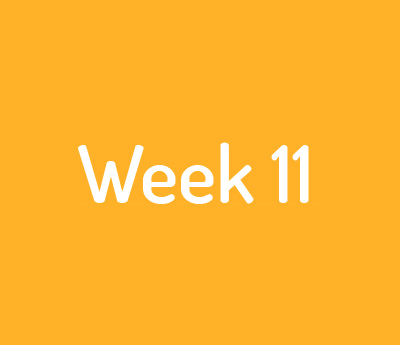
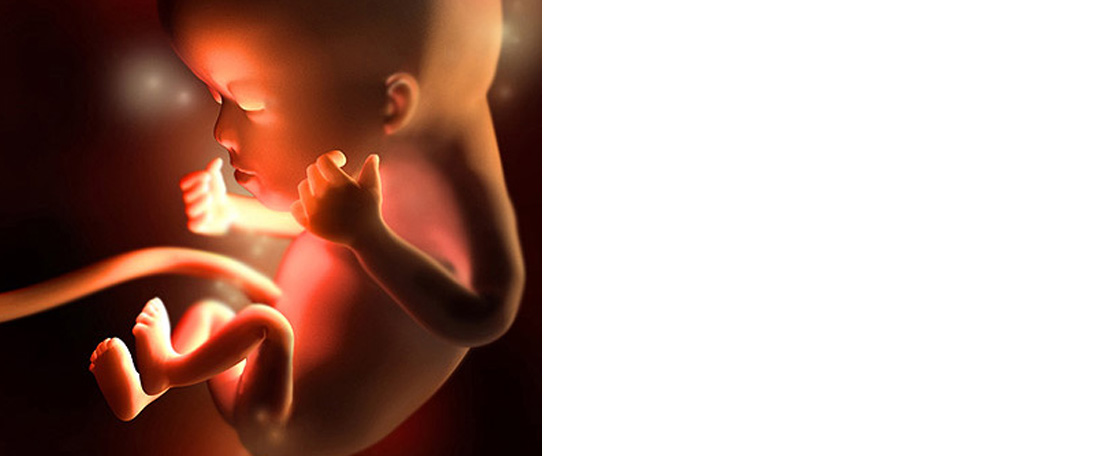
Week Twelve
Your baby's face is beginning to look more human, even though she is only about 5.5cms long from her crown to her rump and weighs slightly less than 14 grams. The eyes, which started out on the sides of the head, have moved closer together. The ears are almost in their normal position on the side of the head. The liver is making bile and the kidneys are secreting urine in the bladder.
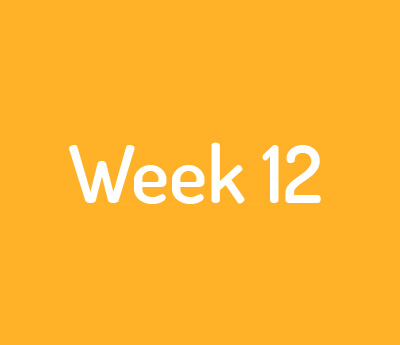
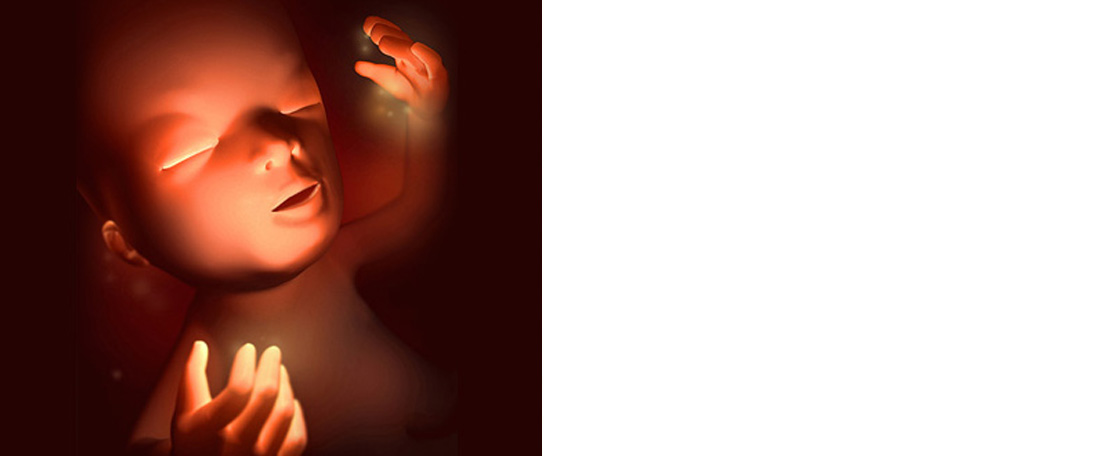
Week Thirteen
Your baby is now about as long as a pea pod and weighs nearly 23g. Its unique fingerprints are already in place. And when you poke your stomach gently and she feels it, your baby will start rooting -- that is, act as if she's searching for a nipple. As for you, the fog may be lifting, so to speak. For many women, the side effects of early pregnancy,
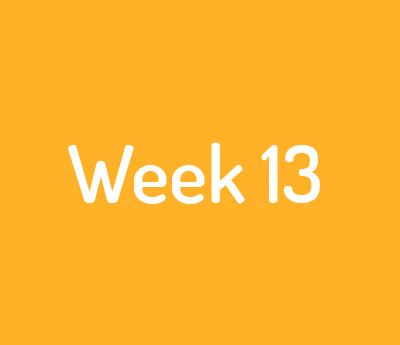
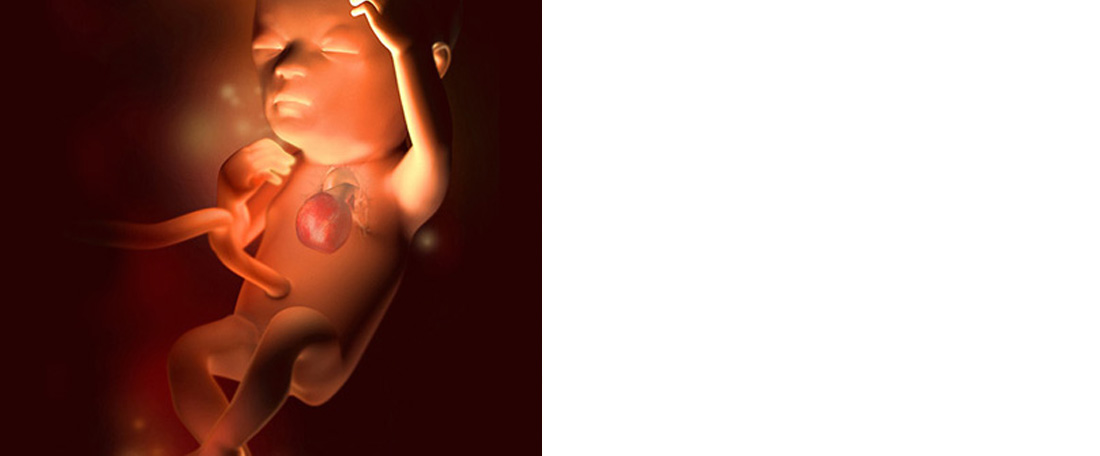
Week Fourteen
Crown to rump, your baby is around 9 centimeters long and weighs 43 grams. The body is now growing faster than the head. This week, eyebrows are beginning to grow and the hair on top of the head is sprouting, this hair may change in both texture and color after birth. About now, the fetus can grasp, squint, frown, and grimace. It may even be able to suck its thumb.
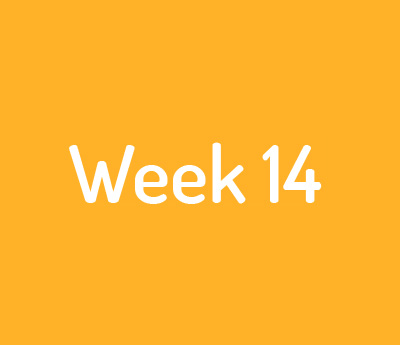
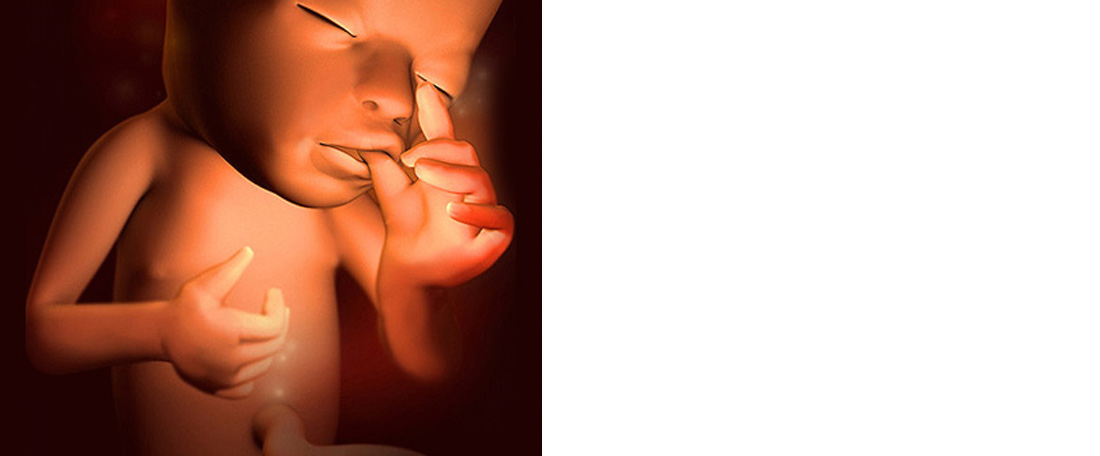
Week Fifteen
You may not know it when it happens, but your tiny tenant frequently gets the hiccups, which babies master before breathing. Babies don't make any sound because their trachea is filled with fluid rather than air. Although you've probably gained between 2.2 - 4.5 kilograms, the fetus weighs in at around only 70 grams. It measures nearly 11 centimeters long, crown to rump. Legs are growing longer than the arms now, fingernails are fully formed and all the joints and limbs can move.
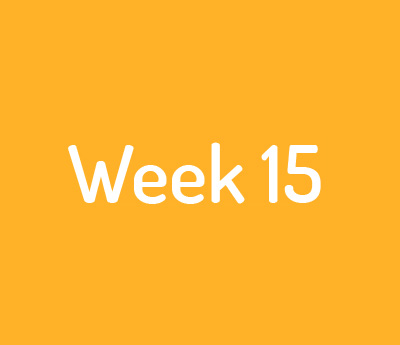
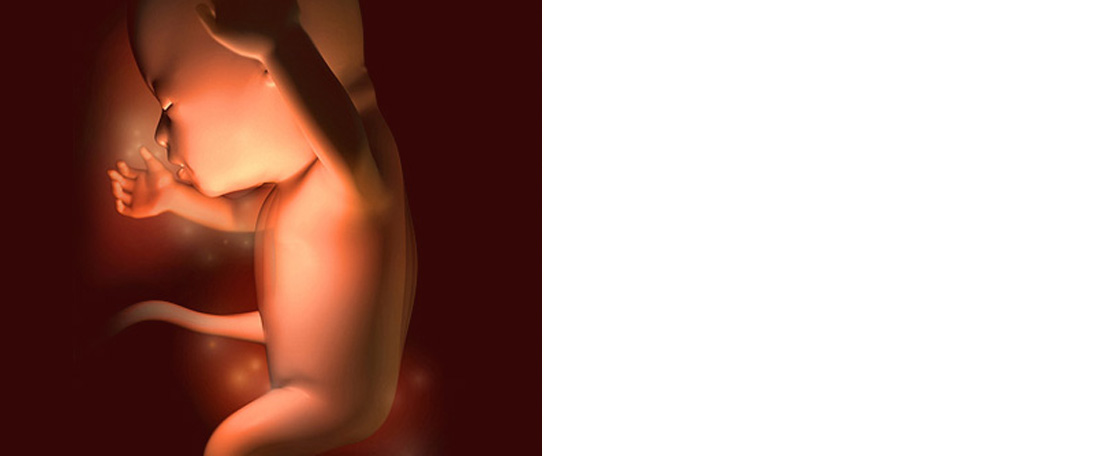
Week Sixteen
Your baby is now about the size of a pear, 11.6 cm long from crown to rump and weighing approximately 100 grams. In the next three weeks he'll go through a tremendous growth spurt, doubling his weight and adding inches to his length. Sometimes, when you move suddenly, you may a feel a slight pain in your sides. Ligaments on each side of your uterus and pelvic walls are stretching as your baby grows.
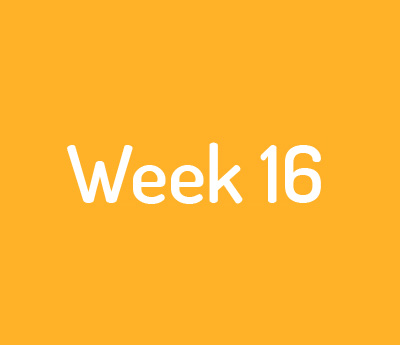
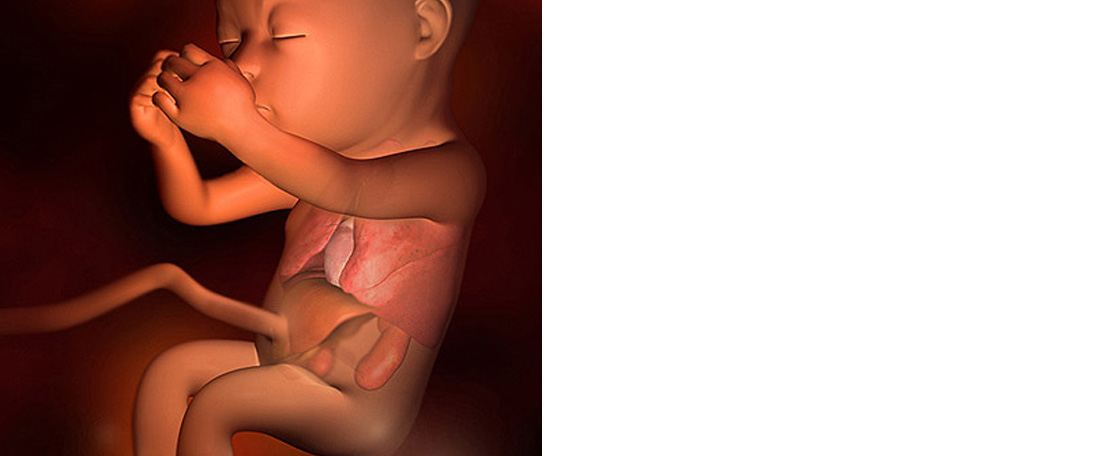
Week Seventeen
Your baby is now nearly 13 centimeters long from crown to rump and weighs approximately 140 grams. Her skeleton is mostly rubbery cartilage, which will harden later. A protective substance called myelin slowly begins to wrap around the spinal cord. With the help of a special stethoscope, you can now hear your baby's heartbeat.
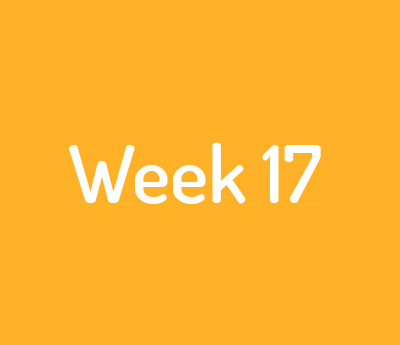
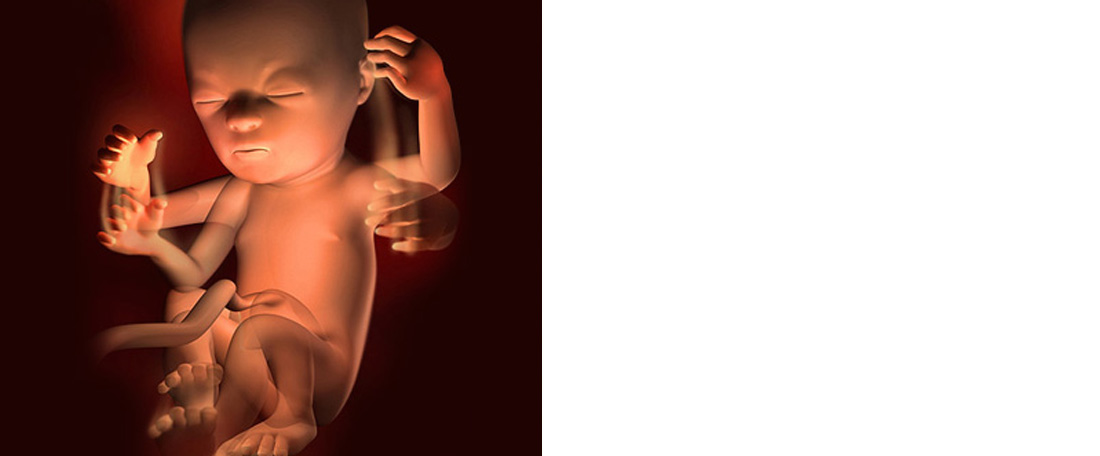
Week Eighteen
Your baby is approximately 14.2 centimeters long from crown to rump and she weighs about 190 grams. Her chest moves up and down to mimic breathing but she's not taking in air, only amniotic fluid. If you're having a girl, the vagina, uterus, and fallopian tubes are in place. If it's a boy, the genitals are distinct and recognizable.
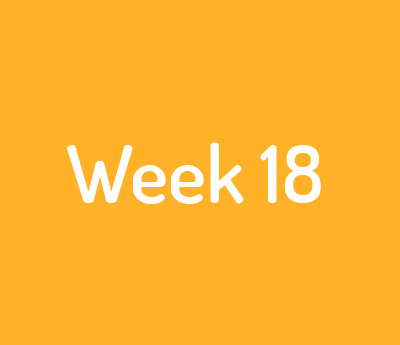
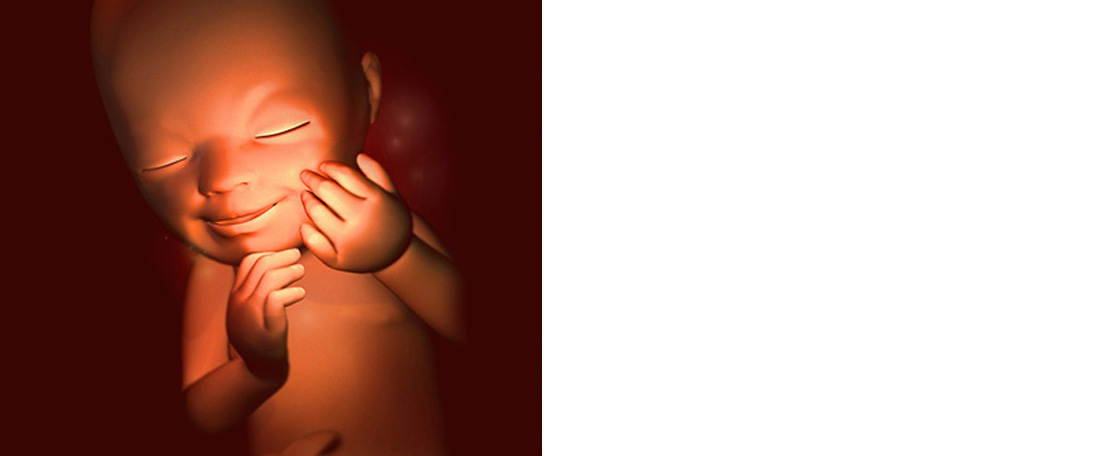
Week Nineteen
You're halfway there! The top of your uterus now reaches your belly button and will grow about a centimeter per week. The fetus measures around 15 centimeters long from crown to rump and weighs about 240 grams. The nerve cells serving each of the senses-taste, smell, hearing, seeing, and touch are now developing in their specialized areas of the brain. You may have started to feel your baby's movements. At times, she may be so mobile that you can't sleep
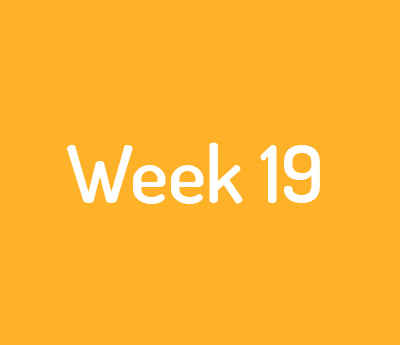
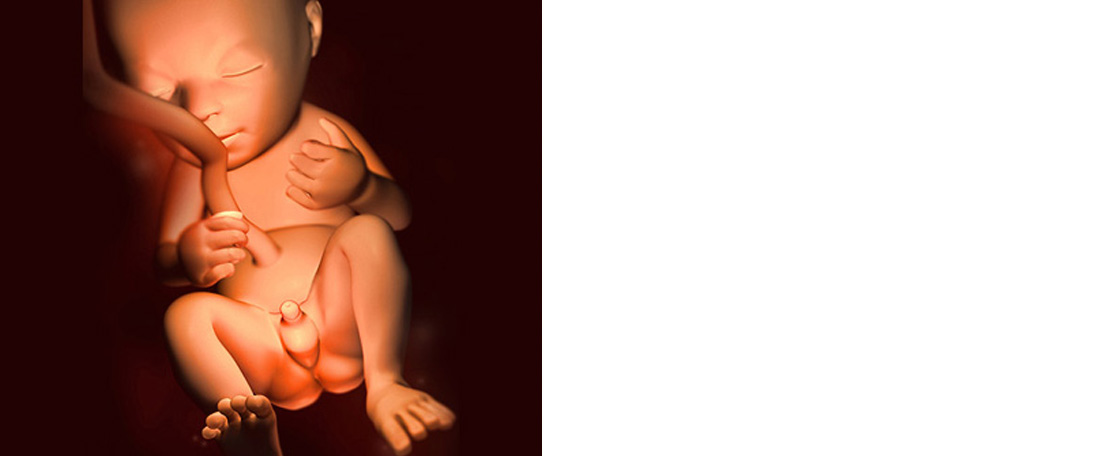
Week Twenty
Your baby measures about 16.5 centimeters from crown to rump and is steadily gaining weight. A whitish coat of a slick, fatty substance called vernix caseosa begins to cover your baby and protects the skin during its long immersion in amniotic fluid. It also eases delivery. The baby's swallowing more this week, good practice for the digestive system.
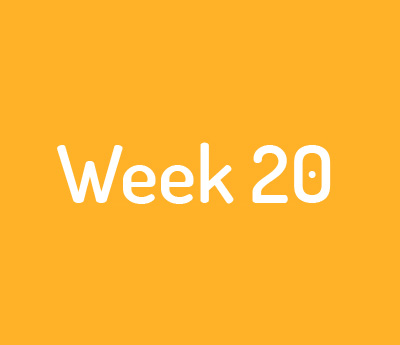
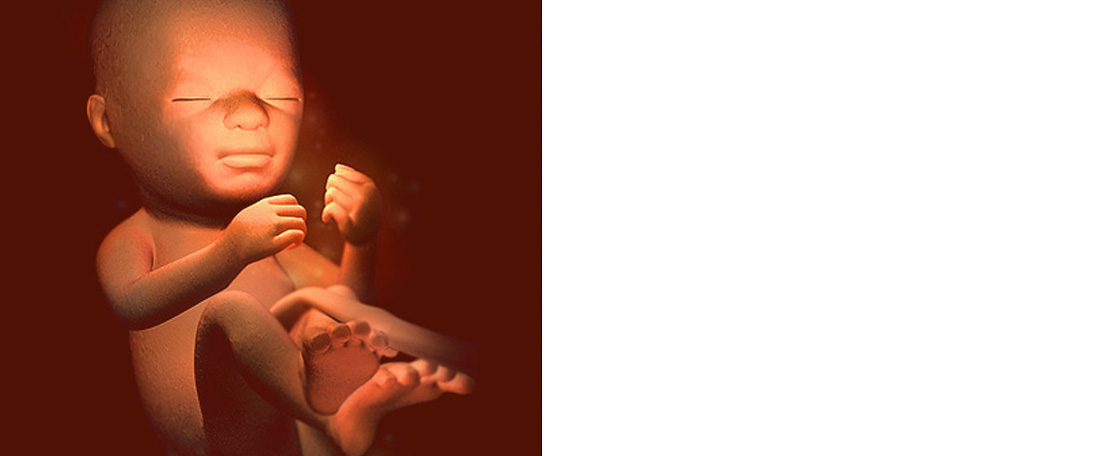
Week Twentyone
The fetus now weighs about 360 grams and is approximately 27 centimeters long from crown to heel. The eyebrows and eyelids are fully developed and the fingernails cover the fingertips. You're probably feeling quite comfortable these days. This, in fact, may be the most enjoyable time in your pregnancy. You're not too big yet, and the usual aches and pains associated with pregnancy like nausea, frequent urination, and fatigue are for the most part gone.
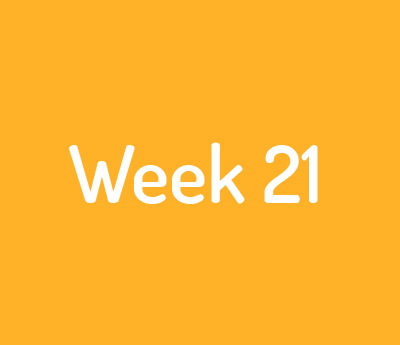
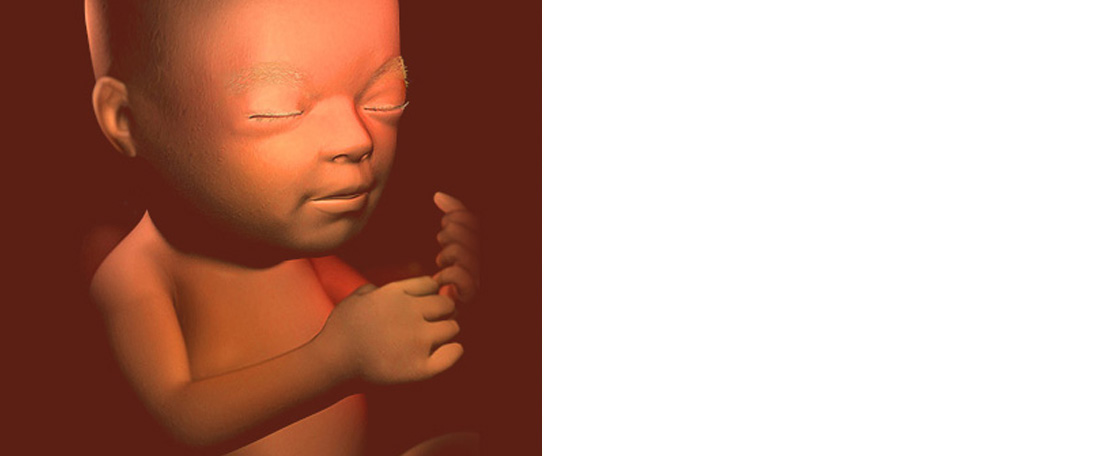
Week Twentytwo
The baby now weighs almost 430 grams, measures nearly 27 centimeters long from crown to heel, and is proportioned like a newborn, but a thinner version since her baby fat hasn't yet developed. Although she's getting heavier every day, her skin still appears wrinkled because she needs to gain more weight. You've probably gained between 5.4 and 6.8 kilograms..
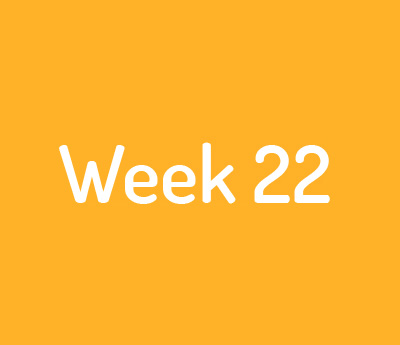
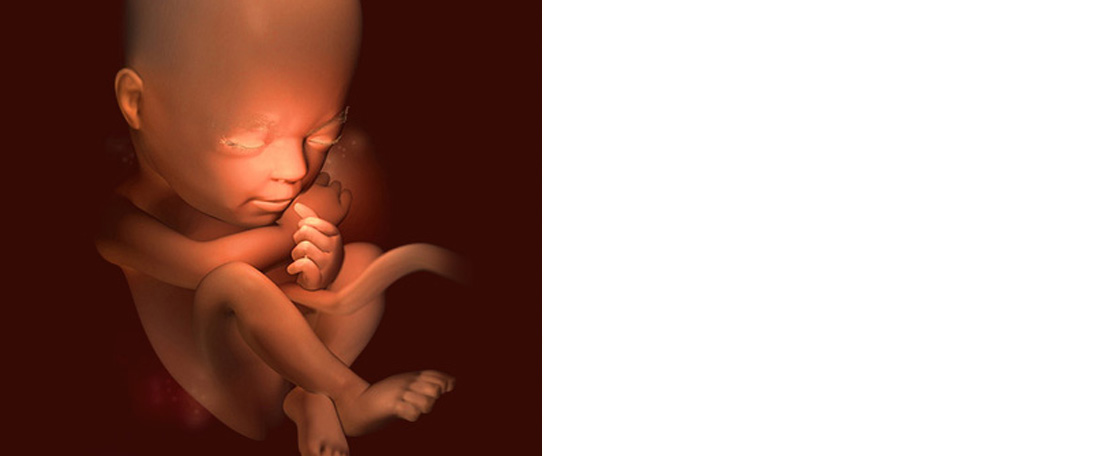
Week Twentythree
Your baby now weighs a little over 500 grams and measures about 29 centimeters from crown to heel. Her hearing is well established and she can make out a distorted version of your voice, the beating of your heart and your stomach rumblings. You may feel clumsy now that your center of gravity has shifted. Your gums may bleed when you brush your teeth and your belly button, may now stick out.
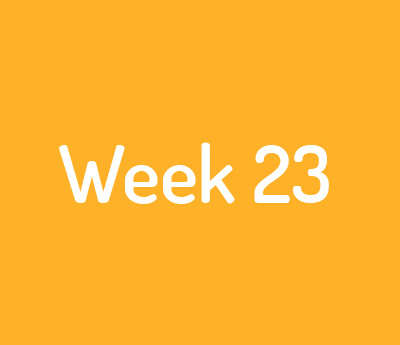
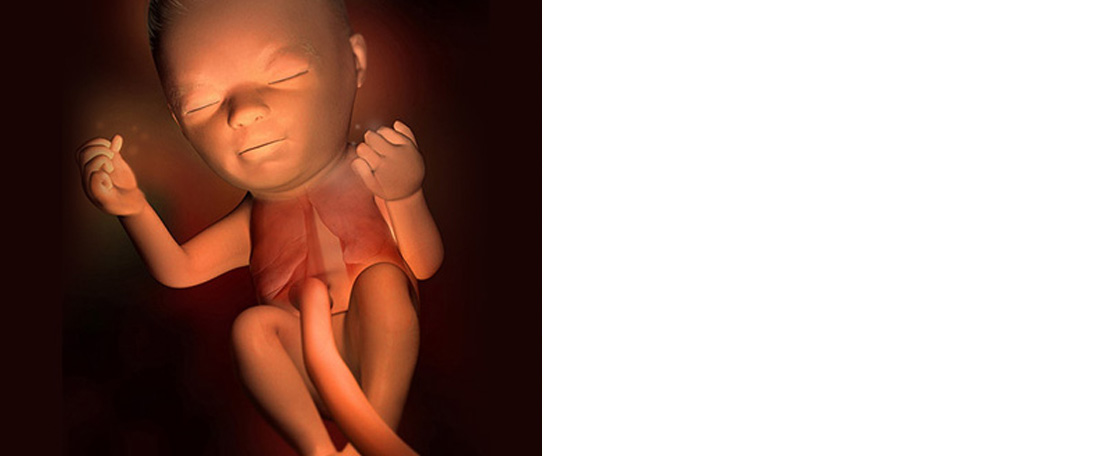
Week TwentyFour
Your fetus weighs more than 600 grams. Though she still has little body fat and her skin is thin and fragile, she's now well-proportioned. Her brain is growing rapidly, and she is starting to fill the space in your uterus. From crown to heel she could measure 30 centimeters. You may be noticing faint, red or brown streaks known as stretch marks on your abdomen, hips and breasts. They are very common at this stage of the pregnancy; about 90 per cent of women get them.
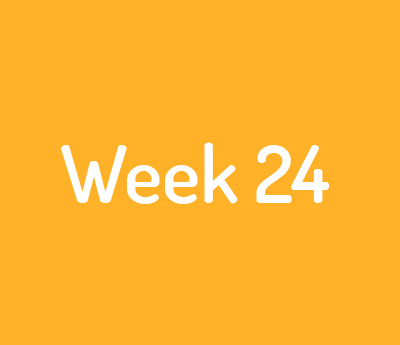
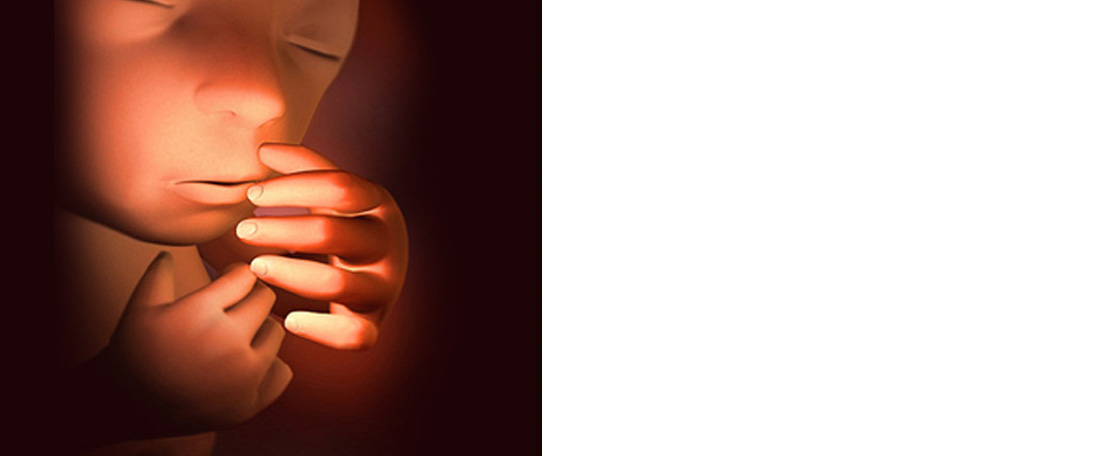
Week Twentyfive
The baby now weighs nearly 660 grams and is approximately 35 centimeters long from crown to heel. He makes breathing movements but has no air in his lungs yet. At 26 weeks, fetal brain scans show response to touch. If you shine a light on your abdomen, your baby will turn his head, which according to researchers, means his optic nerve is working.
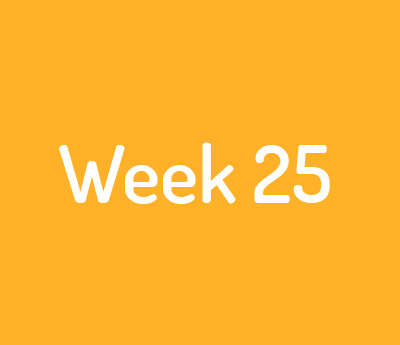
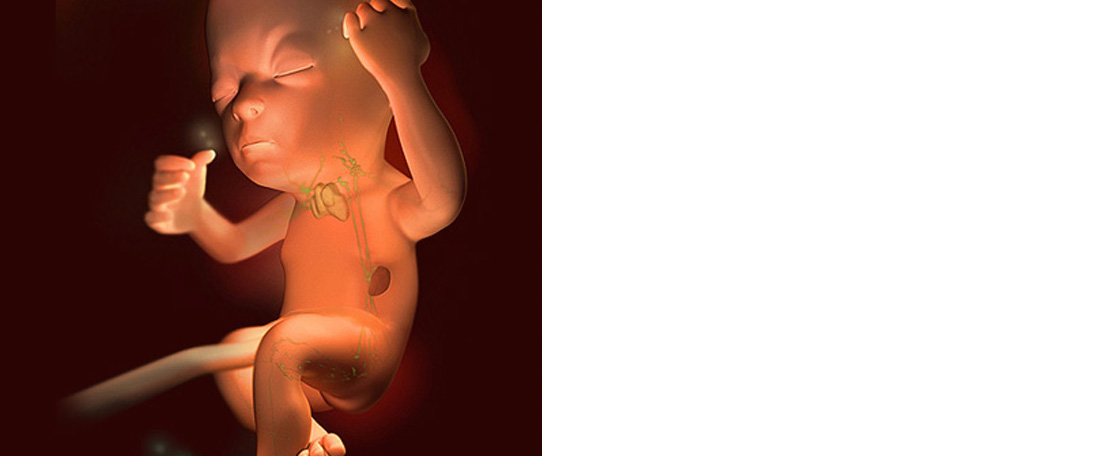
Week Twentysix
Measuring your baby from top to toe with his legs extended, he is about 35.6 centimeters. He weighs a little more than 760 grams. Your baby's eyes begin to open around now. Response to sound grows more consistent toward the end of the seventh month, when the network of nerves to the ear is complete. He also continues to take small breaths and although he's only breathing in water and not air
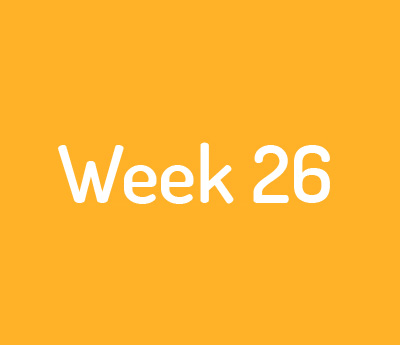
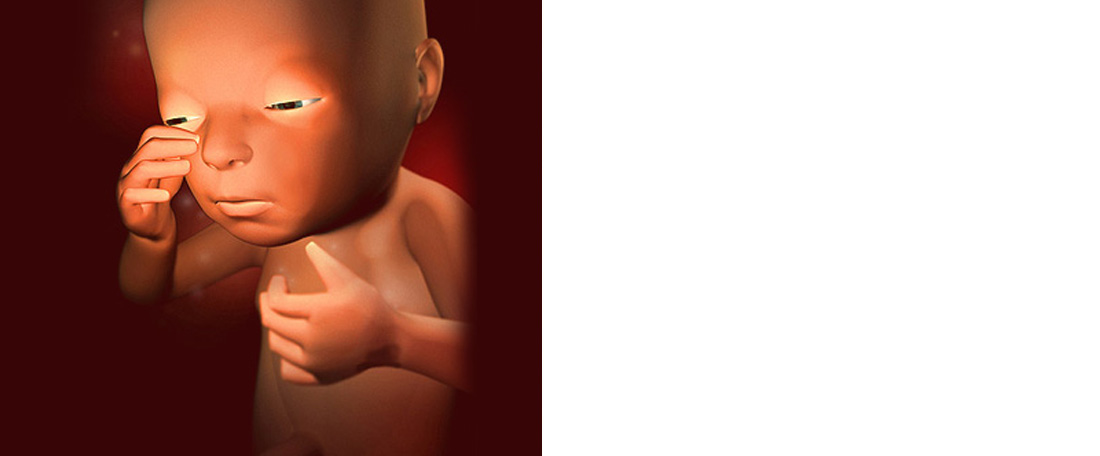
Week Twentyseven
Your baby now weighs nearly 875 grams and measures 36.6 centimeters from head to toe. Her eyes open and close, she sleeps and wakes at regular intervals and she may suck a finger or thumb. Since your uterus is now up near your rib cage, you may now find yourself short of breath if you haven't already.
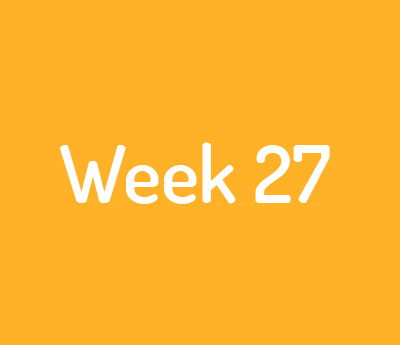
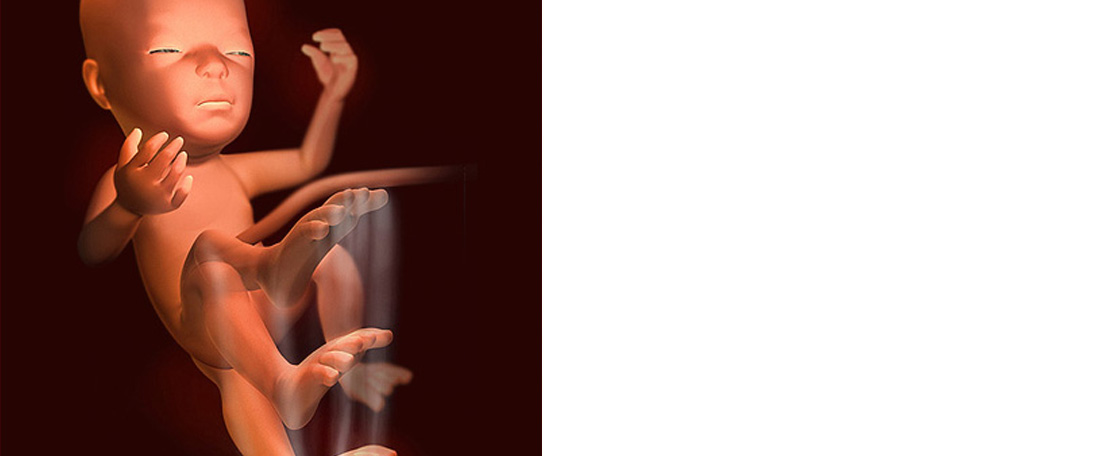
Week Twentyeight
You're in the home stretch. The third trimester typically starts at week 29 and lasts until week 40 and sometimes even beyond. Most women gain an average of 5 kilograms during this trimester. By this week, your baby weighs nearly a little over 1 kilogram and may measure 38 centimeters from top to toe. At about this time, your baby can open his eyes and turn his head in utero if he notices a continuous, bright light shining from the outside.
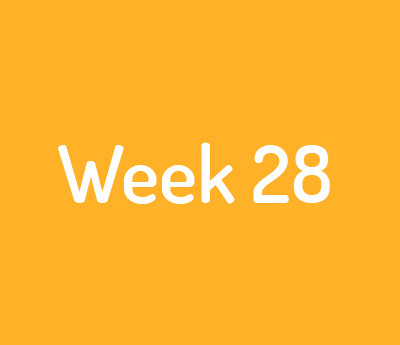
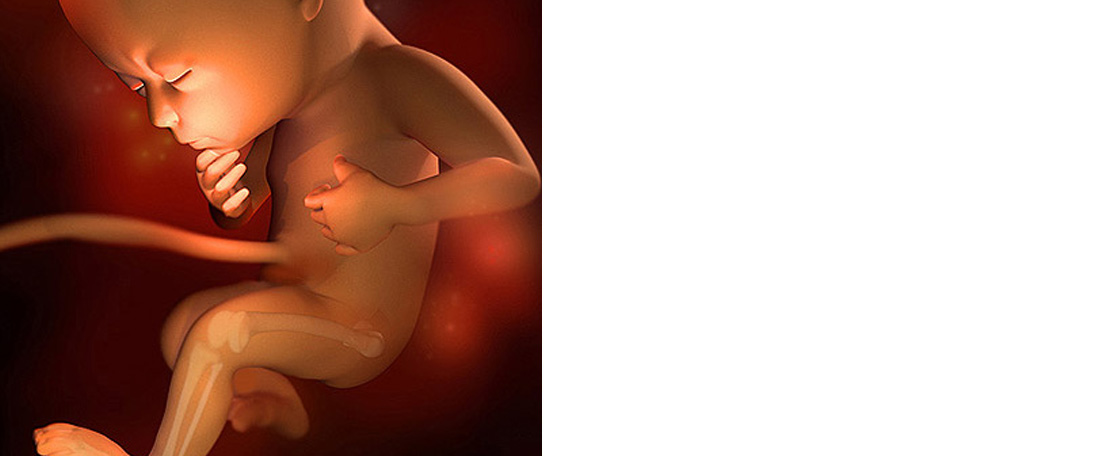
Week Twentynine
Your baby now weighs around 2.5 pounds measures about 38 centimeters from head to toe. Your baby's head is getting bigger, and brain growth is very rapid at this time. Nearly all babies react to sound by 30 weeks. The skeleton hardens even more and the brain, muscles, and lungs continue to mature.
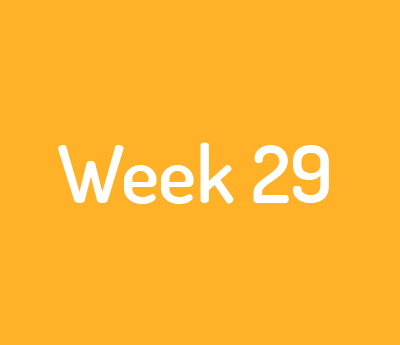
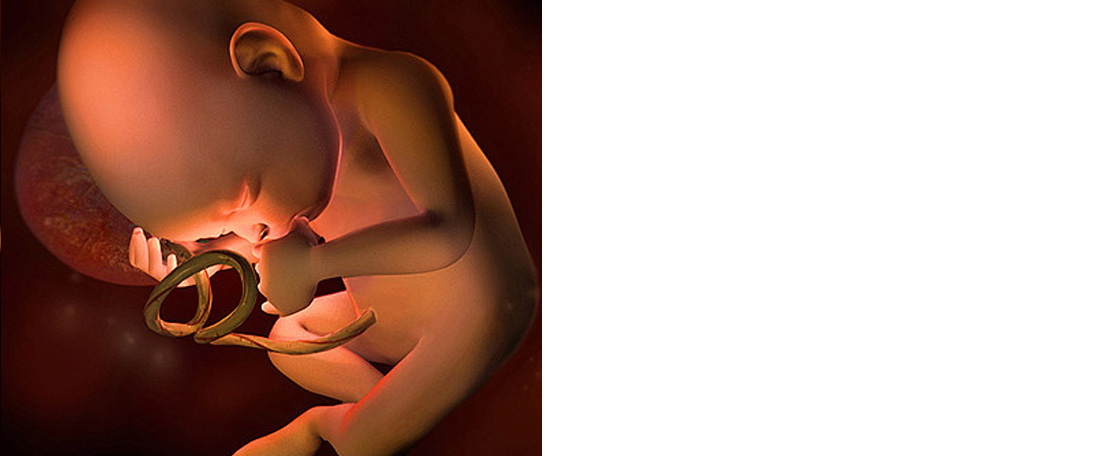
Week Thirty
Your baby's lungs and digestive tract are almost fully developed. While your baby may soon slow up growing in length, he measures about 40 centimeters from crown to toe by now, he will continue to gain weight until he's born. This week your baby continues to open and shut his eyes. He can probably see what's going on in utero, distinguish light from dark and even track a light source.
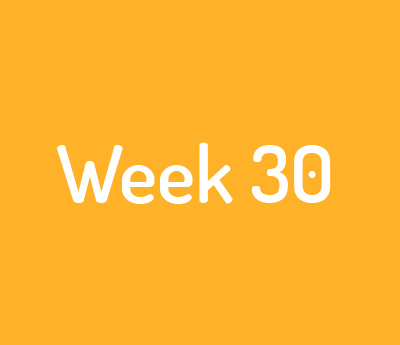
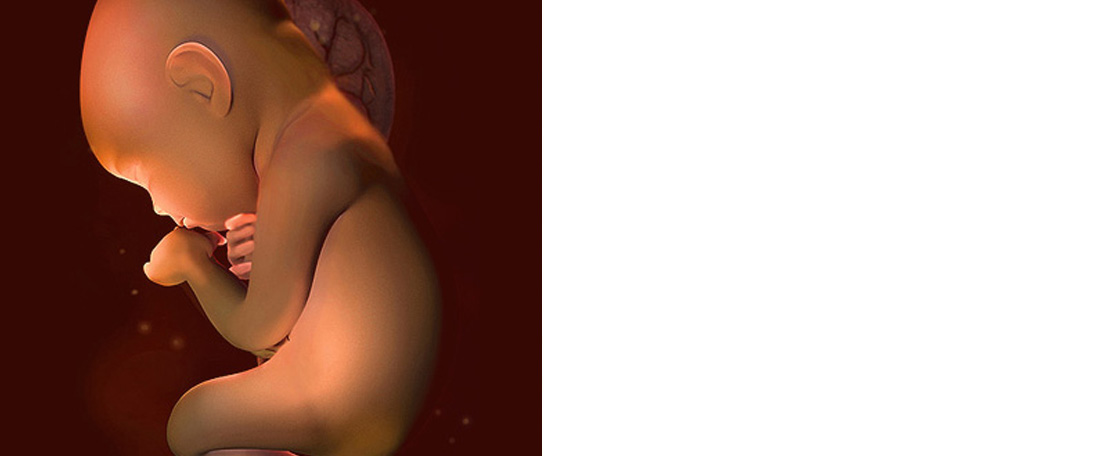
Week Thirtyone
Your baby's arms, legs and body continue to fill out -- and they are finally proportional in size to her head. She weighs about 3.3 pounds/1.5 kilograms and looks more like a newborn. She measures about 16 inches/ 41 centimeters from crown to toe. You've probably gained three to four pounds / 1.3 to 1.8 kilograms this month. Gaining 450 grams a week is quite normal during the last trimester
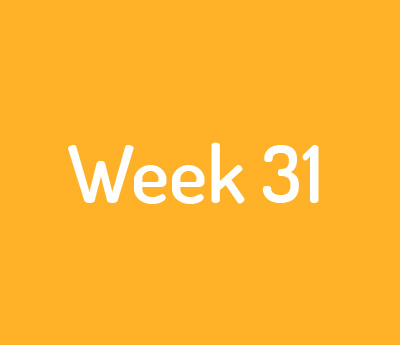
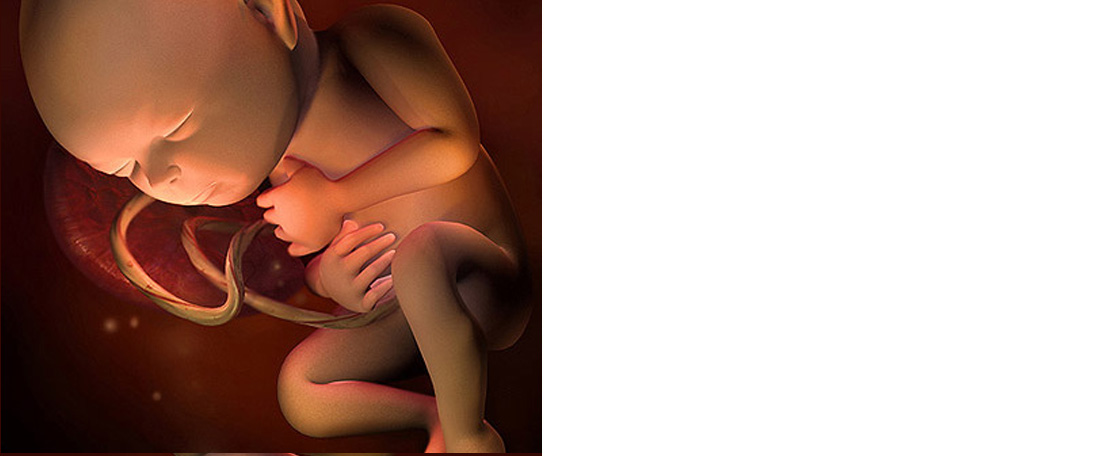
Week Thirtytwo
Your baby now weighs approximately 1.7 kilograms and is about 42 centimeters long from head to toe. Although his lungs won't be fully developed until just before birth, your little one is inhaling amniotic fluid to exercise his lungs and practice breathing. You're probably gaining 450 grams a week, largely because your baby is likely to gain more than half his birth weight during the seven weeks before delivery.
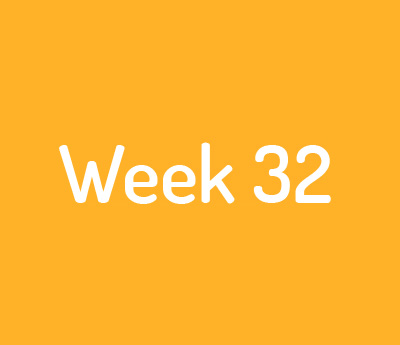
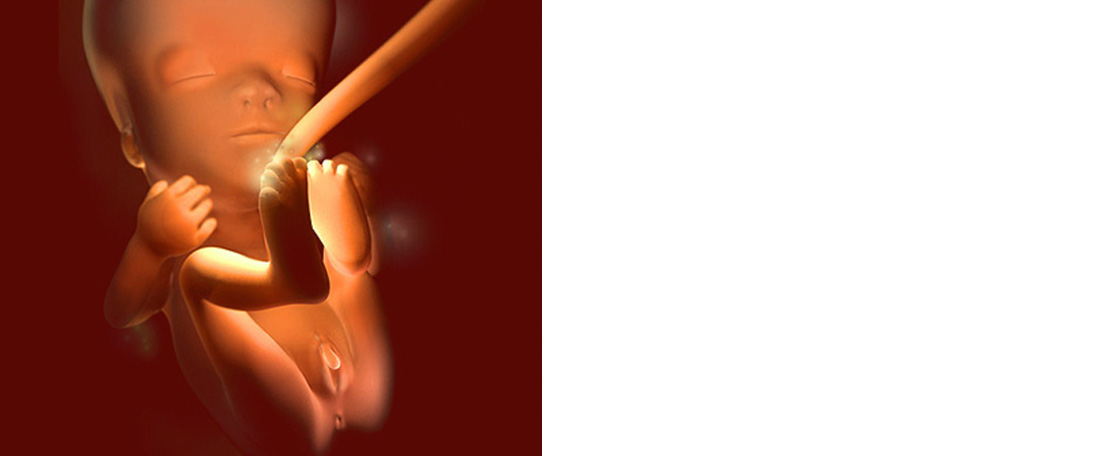
Week Thirtythree
Your baby now weighs about 2 kilograms and measures approximately 44 centimeters from head to toe. Your baby should already be getting ready for delivery by turning upside-down; his head should be pointing down. Your baby's skull is still quite flexible and not completely joined, in part so he can ease out of the relatively narrow birth canal. But the bones in the rest of his body are hardening.
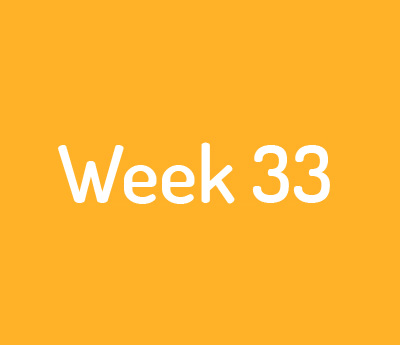
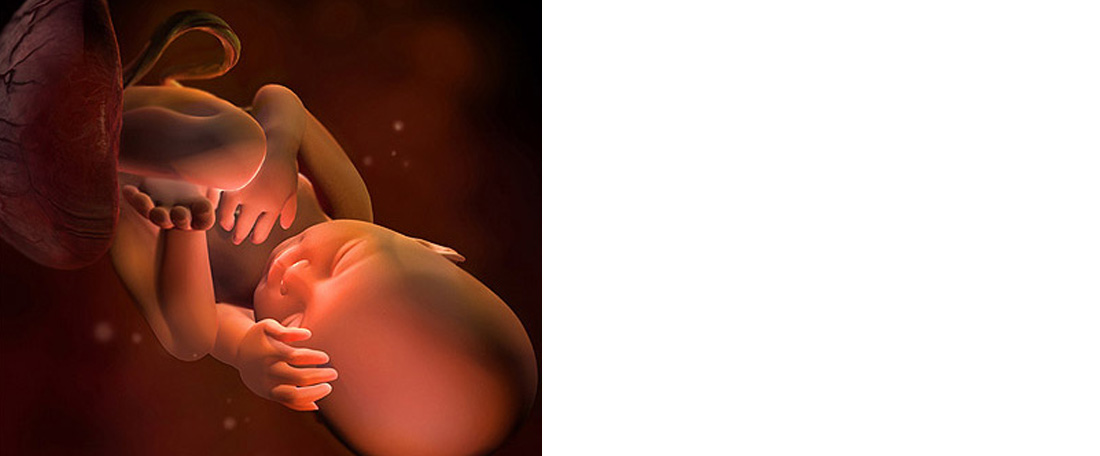
Week Thirtyfour
Your baby now weighs more than 2.2 kilograms and is over 45 centimeters from top to toe. She's filling out and getting rounder. She'll need her fat layers later to regulate her body temperature. If you don't already talk to your baby, this is a good time to start, at 35 weeks her hearing is fully developed. Although your baby's central nervous system is still maturing,
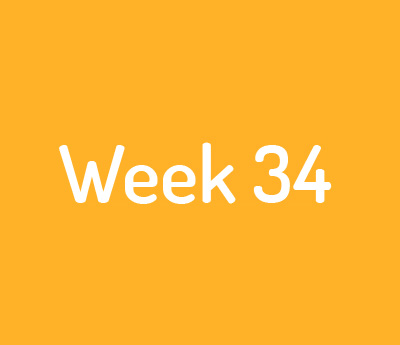
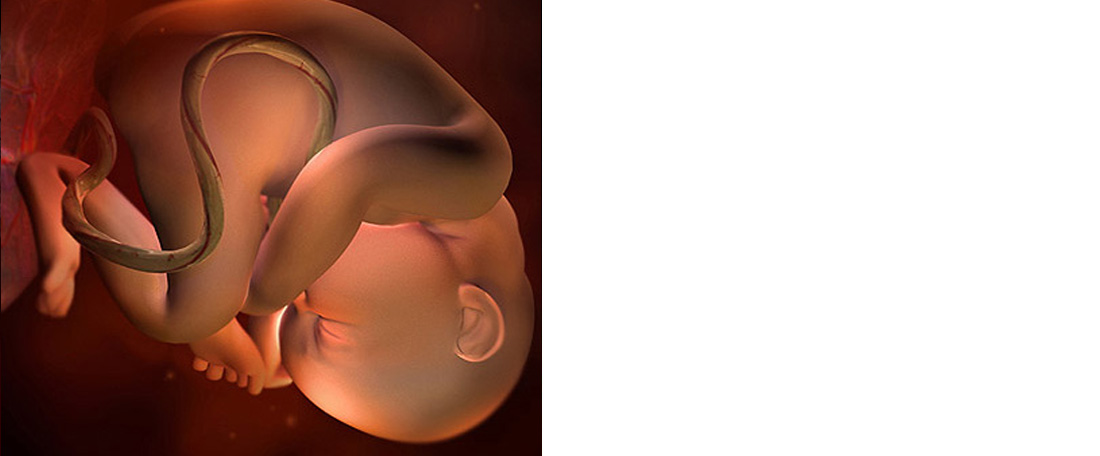
Week Thirtyfive
Your baby now weighs about 2.4 kilograms and measures approximately 45 centimeters from head to toe. His elbow, foot or head may poke out from your stomach when he stretches and squirms about. Soon, as the wall of your uterus and your abdomen stretch thinner and let in more light, your baby will begin to develop daily activity cycles. This week, your little one is now sporting fingernails and has a fully developed pair of kidneys.
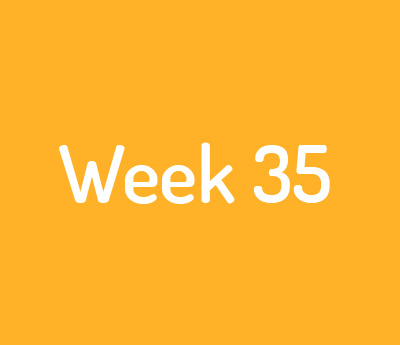
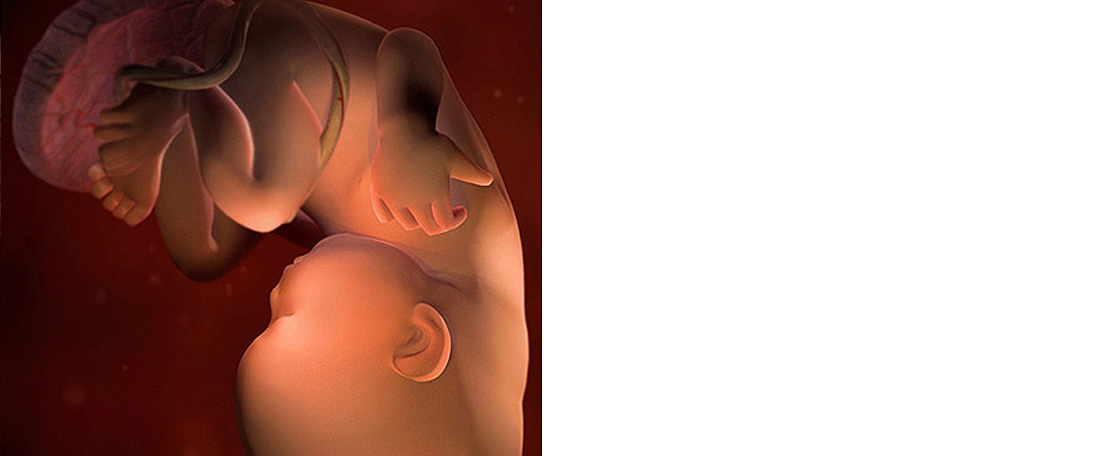
Week Thirtysix
Your baby is still gaining weight, 28 grams a day. She weighs nearly 2.7 kilograms and is 45 centimeters long from head to toe. You may begin to feel an increased pressure in your lower abdomen and notice that your baby is gradually dropping. This is called lightening or engagement, and your lungs and stomach will finally get a chance to stretch out a little, breathing and eating should become easier. However, walking may become increasingly uncomfortable;
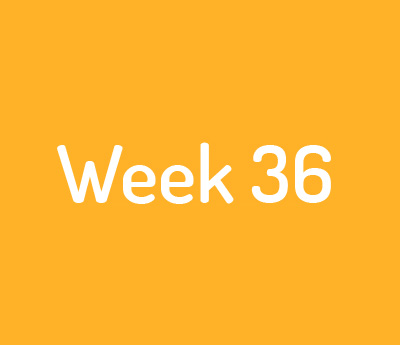
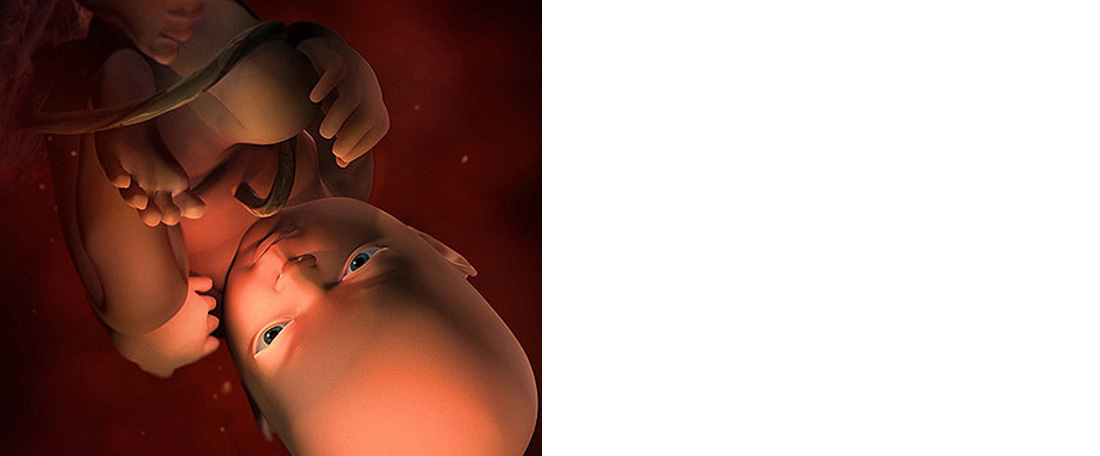
Week Thirtyseven
Your baby weighs close to 2.8 kilograms and may be about 50 centimeters long from head to toe. Your baby's head is now cradled in your pelvic cavity, surrounded and protected by your pelvic bones. This position clears some much-needed space for her growing legs and buttocks. Many babies now have a full head of hair, with locks maybe around 2.5 centimeters long.
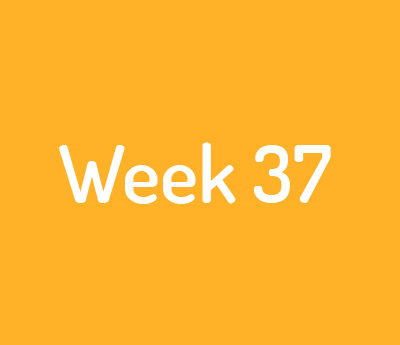
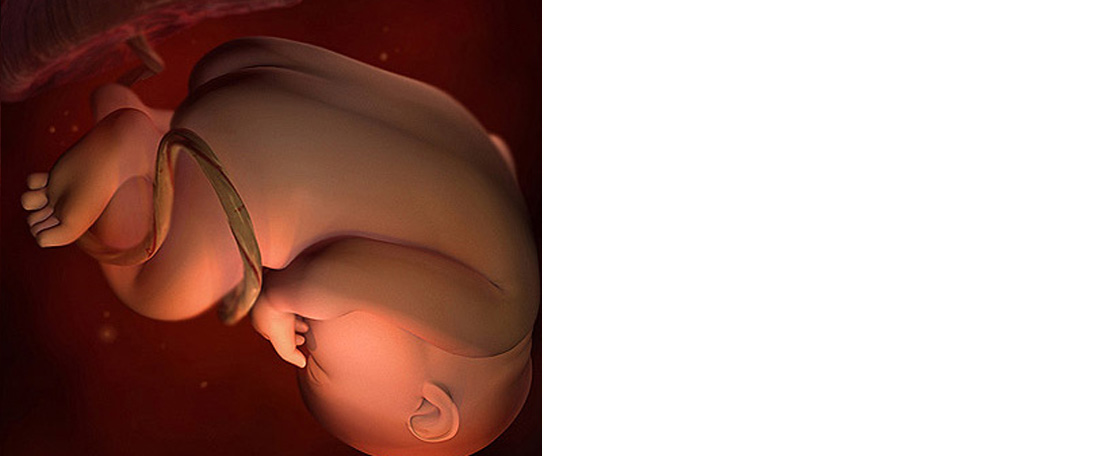
Week Thirtyeight
Babies at week 39 weigh about 3 to 3.2 kilograms and continue to build the fat stores that will help regulate body temperature after birth. Your little one's organ systems are fully developed and in place, but the lungs will be last to reach maturity. Even after your baby is born, it may take a few hours before she establishes a normal breathing pattern.
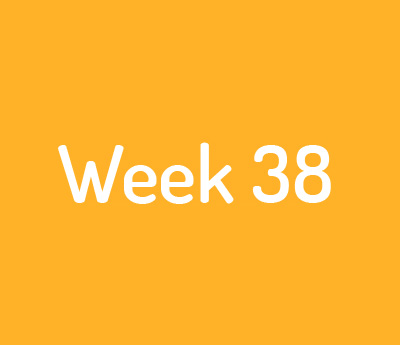
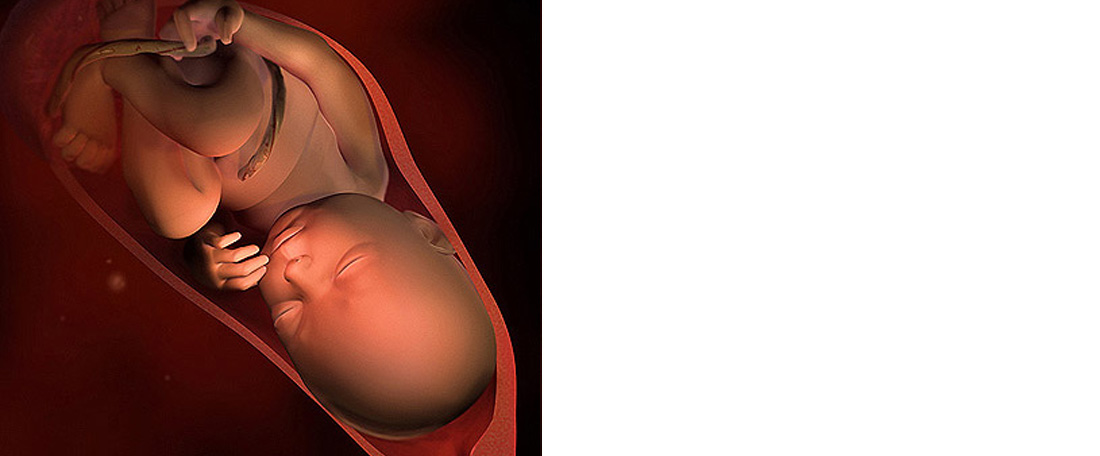
Week Thirtynine
The average baby is about 51 centimeters long from head to toe and weighs approximately 3.4 kilograms at birth, but anywhere between 2.5 and 3.8 kilograms is a healthy range for newborns. Your amniotic fluid, once clear, is now pale and milky from your baby's shedding vernix caseosa. The outer layers of skin are also sloughing off as new skin forms underneath. If the week passes and there's still no baby? Don't panic, only 5 per cent of babies are born on their scheduled due date.
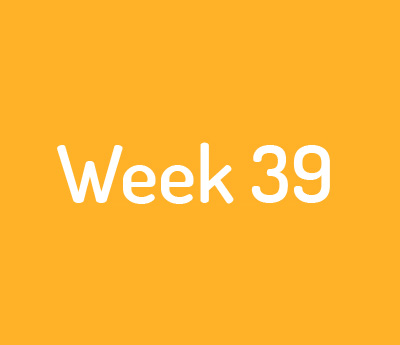
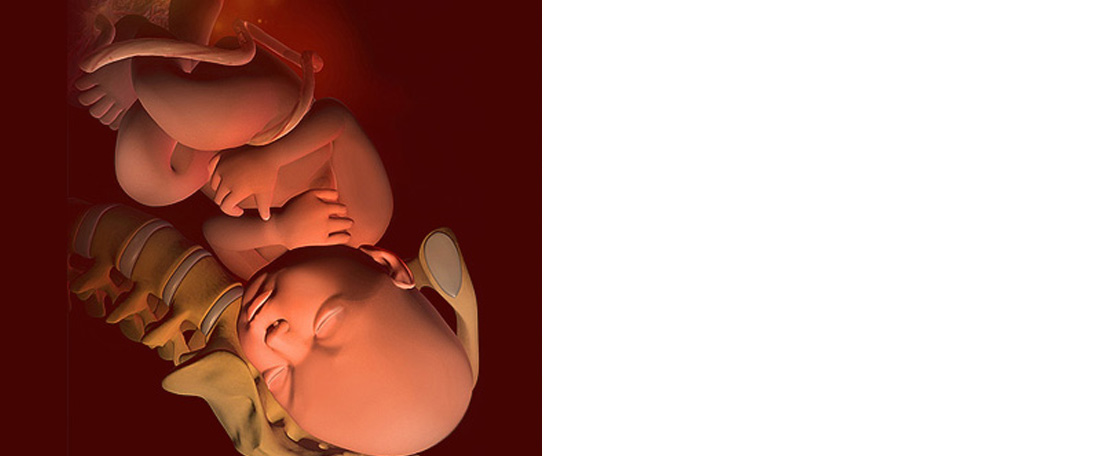
Week Fourty
Congratulations! Your baby is fully grown and might have come or our will come any moment. Enjoy your motherhood. Wish you a very happy Parenting.
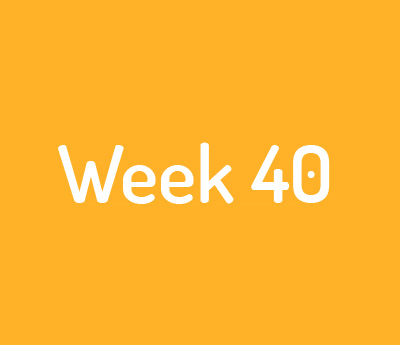
Related Topics
Stages of pregnancy
Pregnancy can be an inexplicable time for any woman, whether it is her first pregnancy
View MoreWhen to see your doctor
Your doctor will plan a series of check-ups during pregnancy to ensure that everything
View MoreMental Health in Pregnancy
Your doctor will plan a series of check-ups during pregnancy to ensure that everything
View More